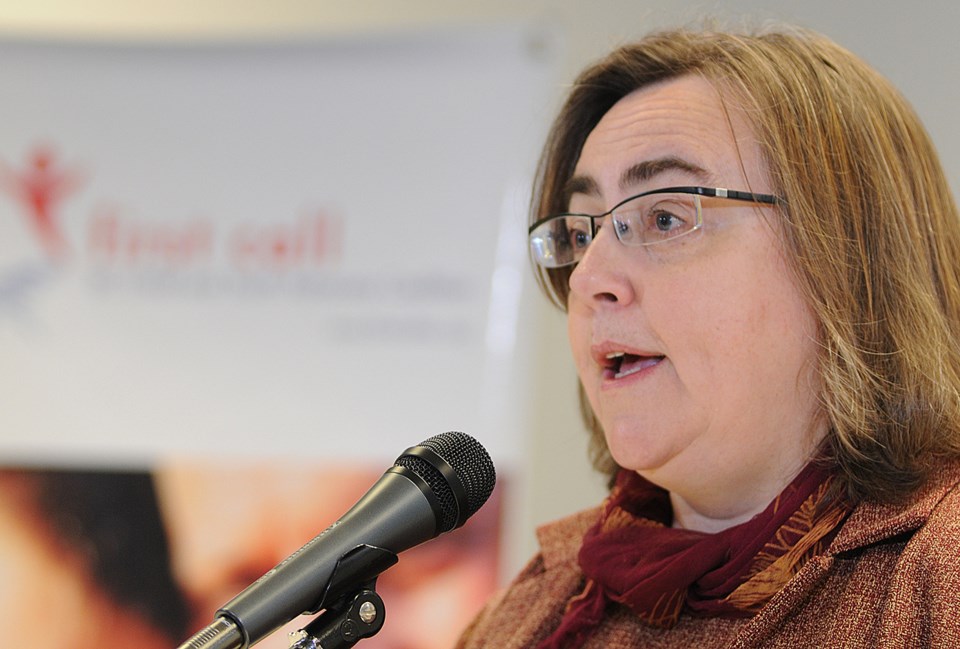The number of children living in poverty in B.C. in 2011 could have filled Rogers Arena more than eight times, according to a report released Tuesday by a child and youth advocacy coalition.
With 153,000 children living in poverty — which equates roughly to one in five children in B.C. — the First Call coalition reiterated its call for the provincial government to adopt a comprehensive plan to reduce poverty.
“When you look at the numbers, it’s stunning,” said Lorraine Copas, executive director of the Social Planning and Research Council of B.C., at a press conference Tuesday.
The 77,000 poor children living in Metro Vancouver combined with 76,000 others residing outside of the region means B.C. continues to have the highest child poverty rate in Canada.
Copas said 34,000 more children were living in poverty in 2011 than in 2010, when 119,000 were counted. B.C.’s child poverty rate in 2011 was 18.6 per cent while the national rate was 13.3 per cent.
First Call used a common Statistics Canada measurement to establish the poverty rate. The coalition’s calculations also found that:
- B.C. had the worst poverty rate of any province for children living in single mother families — 49.8 per cent.
- B.C. had the worst poverty rate in Canada for children living in two-parent families — 14 per cent.
- B.C.’s poverty rate for children under six years old at 20.7 per cent is eight percentage points higher than the Canadian average.
Ted Bruce, executive director of population health for Vancouver Coastal Health, said the failure to address child poverty is a prescription for a child to be more prone to health problems and a shorter lifespan.
“The health impacts are huge,” he said, noting there is a myth that poverty is strictly attached to substance abuse and mental health problems.
Bruce pointed out “the working poor” don’t have control over their lives the way middle-class and wealthy people do. That financial inequality leads to lower education, poorer quality food and inadequate housing.
“Those at the bottom are twice as likely to have a serious illness and die prematurely than those at the top,” he said.
First Call made 16 recommendations to government it believes would help reduce the child poverty rate to seven per cent, or less, by 2020.
The recommendations include adopting a $10 a day child care plan, increasing and indexing the minimum wage, welfare rates and federal child tax benefits, paying living wages, enhancing employment insurance benefits and eligibility, increasing affordable housing options for families and improving the affordability of post-secondary education.
Children and Family Development Minister Stephanie Cadieux acknowledged in an email to the Courier that families continue to struggle economically.
That’s why, Cadieux wrote, the provincial government continues to focus on “growing the economy, creating jobs and providing supports where they are most needed.”
She said B.C.’s single digit unemployment rates across every region in the province are a positive sign that government is on track for continued economic growth.
“That growth allows government to continue providing targeted supports to low-income families,” said Cadieux, adding that government has raised the minimum wage and invested $3.6 billion over the past decade in affordable housing.
She said the B.C. Early Years strategy makes childcare more affordable and accessible for families. Additionally, over the next three years, the government will open 2,000 more childcare spaces, adding to the existing 100,000.
“But there will always be more to do,” she said. “That’s why we will continue to focus on growing the economy, creating jobs and providing supports that target the effects of poverty on low-income families.”



